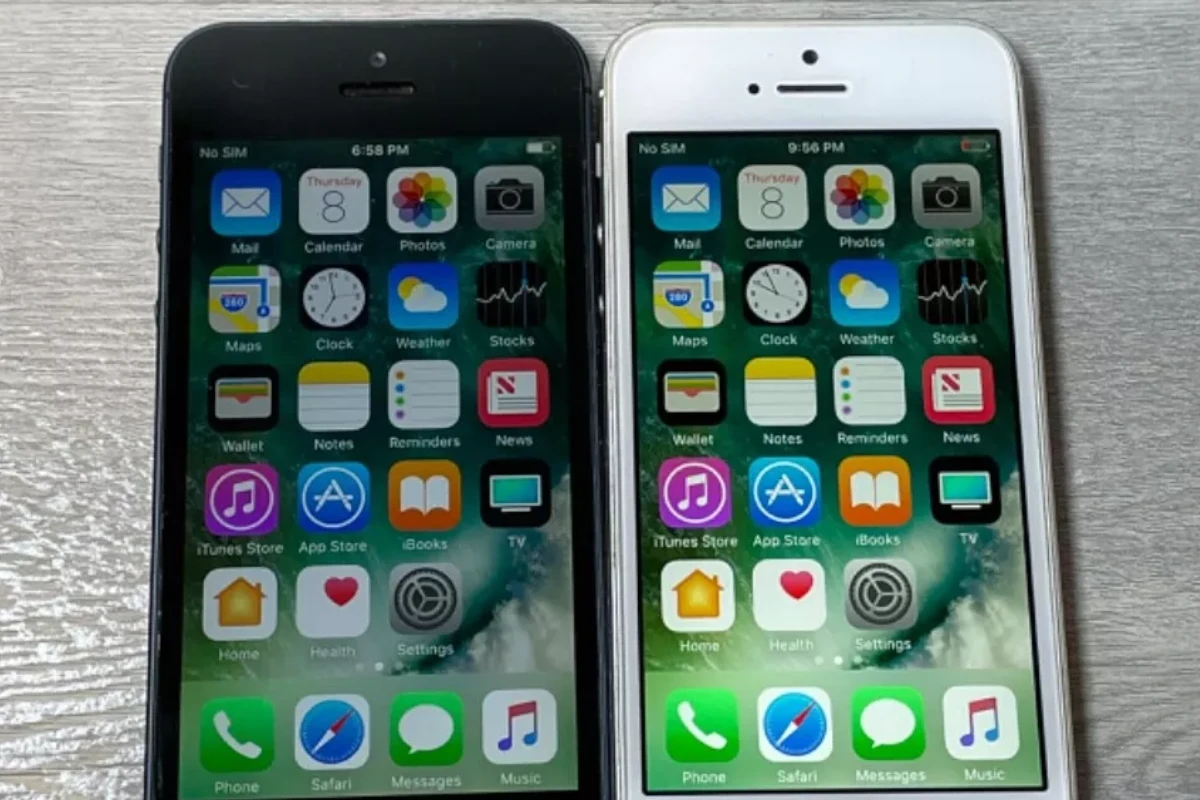The iPhone 5 was a significant step forward for Apple’s smartphones. It was released on September 21, 2012, featuring a new design and improved features to enhance the user experience. The phone introduced a 4-inch Retina display, making it taller but still easy to use with one hand.
With its sleek design, larger display, and powerful features, it quickly became a must-have for tech enthusiasts. The iPhone 5 was more than just a size upgrade, as it also featured a dual-core A6 chip, LTE support, and a new Lightning connector, making it faster and more efficient. This release was a pivotal moment in Apple’s history, appealing to loyal fans and attracting new users with its advanced features and popular design.
iPhone 5: A Brief History

The iPhone 5, a landmark device in Apple’s history, was formally unveiled on September 12, 2012. It subsequently hit the shelves on September 21, 2012, marking the beginning of a new era for iPhones.
Key Dates
| Event | Date |
|---|---|
| Formal Unveiling | September 12, 2012 |
| Release Date | September 21, 2012 |
Notable Features
The iPhone 5 boasted several innovative features that set it apart from its predecessors:
- Thinner and Lighter Design: It was the thinnest and lightest iPhone at the time of its release.
- Larger 4-inch Retina Display: The display was expanded, offering more screen real estate for users.
- A6 Chip: The new A6 chip delivered improved performance and speed.
- LTE Connectivity: It was the first iPhone to support LTE, enabling faster wireless data speeds.
- iOS 6: It came pre-installed with iOS 6, which introduced new features like Apple Maps and Passbook.
The iPhone 5 represented a significant step forward for Apple, pushing the boundaries of design and technology. Its release marked the beginning of a trend towards larger displays and faster performance, setting the stage for future generations of iPhones.
Launch Information
What was the price of the iPhone 5 when it was released?
The iPhone 5 was available in three storage options with the following prices:
- 16GB: $199 (with a two-year contract)
- 32GB: $299 (with a two-year contract)
- 64GB: $399 (with a two-year contract)
What were some of the major improvements of the iPhone 5 over the iPhone 4S?
The iPhone 5 introduced several significant enhancements over the iPhone 4S, including:
- A larger 4-inch Retina display
- A thinner and lighter design
- The faster A6 chip
- LTE connectivity
- iOS 6 with new features like Apple Maps and Passbook
When was the iPhone 5 discontinued?
The iPhone 5 was officially discontinued on September 10, 2013, with the release of its successors, the iPhone 5S and iPhone 5C.

Key Takeaways
- The iPhone 5 was released on September 21, 2012.
- It featured a 4-inch Retina display, dual-core A6 chip, and LTE support.
- The launch drew significant attention and new users to Apple.
Launch and Impact
The iPhone 5 made significant strides in technology and design. It introduced a larger screen and faster connectivity while keeping the device sleek and easy to handle.
Release Date and Initial Reception
The iPhone 5 was officially announced by Apple on September 12, 2012. It was released to the public on September 21, 2012. This launch marked Apple’s first iPhone release in September.
On its release, the iPhone 5 received widespread acclaim for its new features. The press and early users praised its 4-inch Retina display and thinner design. The addition of LTE support also drew positive attention. Users were impressed with the faster performance due to the A6 chip.
Market Evolution and Predecessors
The iPhone 5 succeeded the iPhone 4S, which was known for introducing Siri. With the iPhone 5, Apple aimed to improve speed and user experience.
It retained the compact form but with a taller screen. While the iPhone 4S had a 3.5-inch display, the iPhone 5 featured a 4-inch display with more pixels. This change allowed more content to be visible on the screen. The iPhone 5’s design focused on being lightweight and thin, continuing Apple’s trend of sleek smartphones.
Sales and Market Penetration
Upon launch, the iPhone 5 saw impressive sales numbers. Apple sold over five million units within the first weekend. This made it one of the fastest-selling iPhones at that time. The strong initial sales indicated a high demand.
The iPhone 5’s introduction of LTE connectivity helped it gain market penetration, especially among tech-savvy users. The enhanced wireless support allowed faster internet speeds compared to 3G. This was a welcome upgrade for many, leading to increased adoption.
Technical Specifications and Features
The iPhone 5 introduced several technical upgrades and features. It boasted a new, slimmer design along with enhanced hardware capabilities, software improvements, and upgraded multimedia features.
Design and Hardware
The iPhone 5 featured a sleek aluminum body available in Black & Slate and White & Silver. The phone measured 4.87 inches tall, 2.31 inches wide, and just 0.30 inches thick. This model was significantly lighter, weighing 112 grams.
It was powered by the A6 chip, which provided faster processing speeds and better graphics performance. The iPhone 5 offered three storage options: 16GB, 32GB, and 64GB.
A key feature was its 4-inch Retina display with a resolution of 1136 x 640 pixels, bringing vivid colors and sharp images. The new Lightning connector replaced the older 30-pin dock connector, offering more durability and ease.
Software and Ecosystem
Running on iOS 6, the iPhone 5 provided access to Apple’s robust ecosystem, including the App Store, iCloud, and Siri. Siri was enhanced to integrate with more apps, including third-party platforms.
Passbook was introduced, allowing users to store tickets, boarding passes, and coupons in one place. The integration with iCloud ensured users’ data was easily accessible across different Apple devices.
The phone also supported LTE, enabling faster internet browsing and streaming. The software included features like AirPlay mirroring and advanced security features to keep users’ data safe.
Camera and Multimedia
The iPhone 5 saw a notable camera upgrade. The rear-facing camera remained at 8 megapixels but featured improved low-light performance and faster photo capturing. It supported 1080p HD video recording.
The front-facing camera was upgraded to 1.2 megapixels, supporting 720p HD video, ideal for FaceTime. This enhancement provided clearer and more detailed video calls and selfies.
The phone came with new EarPods designed for comfort and better sound quality. It supported AirPlay for wireless streaming to Apple TV and other devices. The iPhone 5 also featured improved speakers for louder, clearer audio playback.







